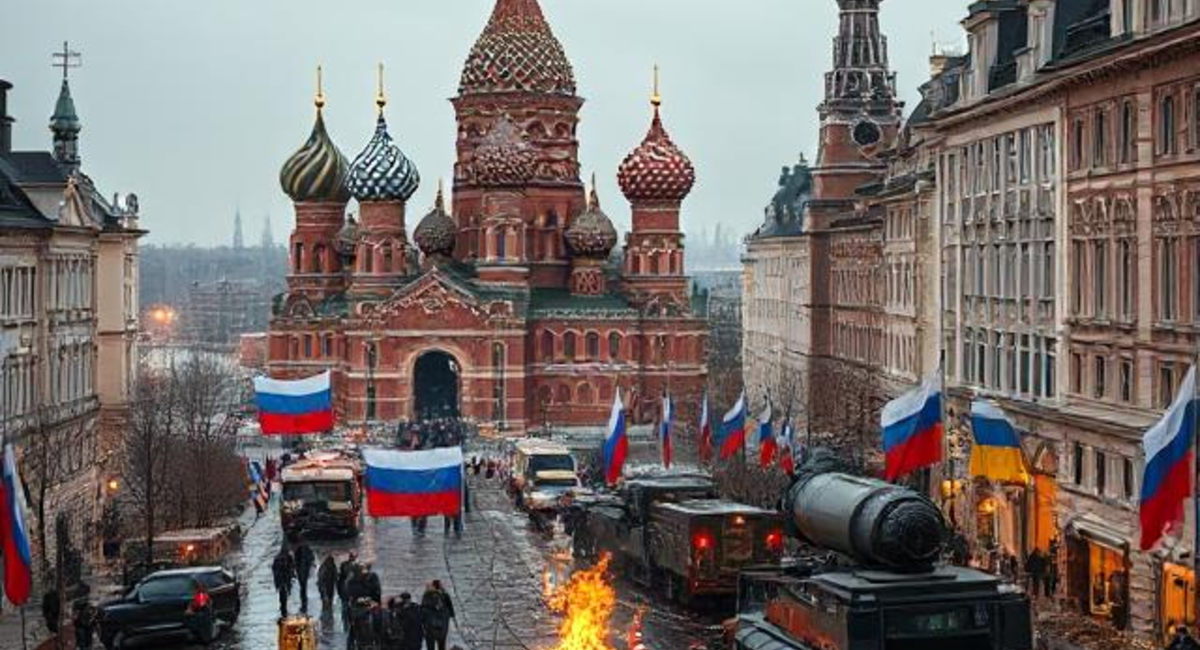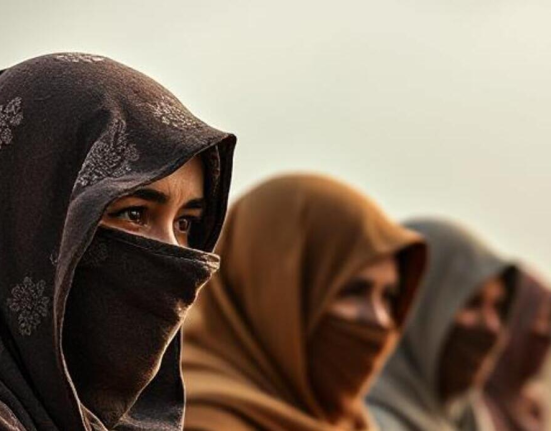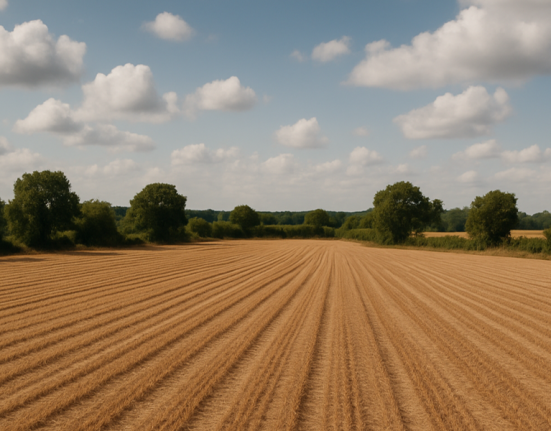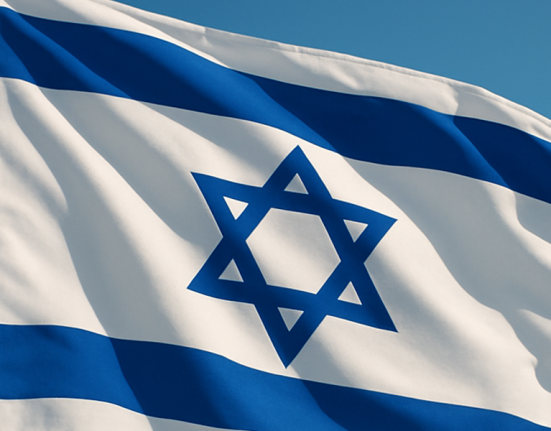Once neglected, Russia’s poorest regions are now experiencing an economic resurgence driven by wartime spending, recruitment incentives, and domestic reindustrialisation.
The war in Ukraine, now entering its fourth year, has reshaped Russia’s internal economic map. While much of the focus remains on geopolitical consequences and international sanctions, an unexpected side effect has emerged at home: Russia’s long-neglected regions are undergoing rapid, state-driven economic transformation.
For years, many parts of the Russian Federation – especially in the central and far-eastern territories have faced stagnation, declining populations, and chronic underinvestment. Today, those very regions are becoming hubs of economic activity thanks to the country’s shift to a wartime economy.
War spending fuels local economies
The driving force behind this transformation is Russia’s massive investment in defence and military production. Towns and cities that previously relied on a handful of struggling industries are now witnessing a boom in employment and wages due to state contracts for weapons, uniforms, food and fuel.
In particular, regions such as Mari El, Kirov, Kabardino-Balkaria and Khabarovsk have experienced a surge in demand for workers in manufacturing and logistics. These areas, historically defined by low wages and few job prospects, are seeing factories working around the clock to meet military demands. As a result, the national unemployment rate has fallen to record lows, particularly in industrial zones.
Even unrelated sectors are feeling the impact. As more workers are recruited into the army or defence industry, businesses in food production, logistics, and retail have been forced to raise salaries to attract and retain talent. This has led to a broader rise in wages – even outside the war economy.
Income growth leads to consumer boom
With more money in their pockets, residents in these regions are now spending on goods and services that were previously out of reach. Electronics stores, cafes, fitness centres, beauty salons, and fast-food outlets are flourishing in small towns that once lacked basic amenities.
Retail giants and chains have expanded aggressively into locations with populations under 100,000. Towns like Kachkanar, Solikamsk and Volzhsk have seen a wave of store openings, creating local jobs and stimulating further economic activity.
Data from national job listings shows a significant increase in retail and hospitality vacancies in regions like Penza, Irkutsk and Tyumen. Many of these areas have effectively become economic beneficiaries of Russia’s redirected trade flows and internal industrial priorities.
From subsistence to services
The shift in income is also changing how people spend. In towns with fewer than 30,000 residents, beauty salons, cosmetic clinics, and even dog grooming services are opening at an unprecedented pace. Middle-class consumer habits, once confined to Moscow and Saint Petersburg are now appearing in the heart of Russia’s so-called “rustbelt.”
While high interest rates (currently around 21%) continue to limit access to mortgages or car loans, many Russians are channelling disposable income into lifestyle upgrades, such as higher-quality groceries or regular dining out. Even gym chains with relatively high monthly fees are finding success in regional cities.
Bonuses and payouts inflate local wealth
Much of the recent income boost comes directly from the state. Military recruits are offered sign-on bonuses that in some regions exceed three times the average annual salary. Families of fallen soldiers are receiving large payouts, often enough to purchase property or invest in small businesses.
These payouts, alongside consistent demand for labour in the defence sector, have created a short-term wealth effect in many areas. In Mari El, for instance, nominal wages have grown by nearly 80% since late 2021 – far surpassing the rate of increase seen in Moscow.
An uncertain but lasting shift
Despite inflation (9.5% in 2024) and persistent economic headwinds, Russia’s internal rebalancing may leave a lasting mark. While much of the prosperity is tied to ongoing conflict, certain structural changes – like the expansion of regional manufacturing and shifts in foreign trade geography – could endure.
Regions integrated into the defence supply chain or positioned along new trade routes with Asia are likely to retain strategic and economic importance even after the conflict subsides. The longer-term question is whether these gains can be sustained without continued wartime stimulus.
For now, however, the war in Ukraine has sparked a domestic economic transformation – lifting up areas of Russia that had long been left behind.
Disclaimer: This article is an original analysis based on publicly available information, including economic data, government figures and reporting from various sources, including coverage by the Financial Times.







